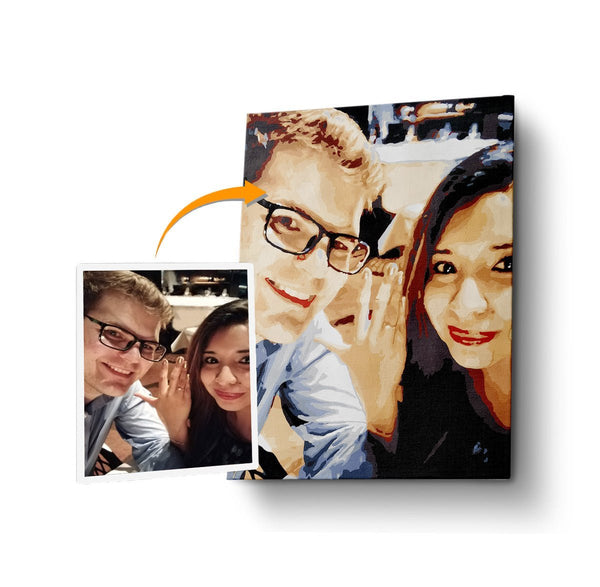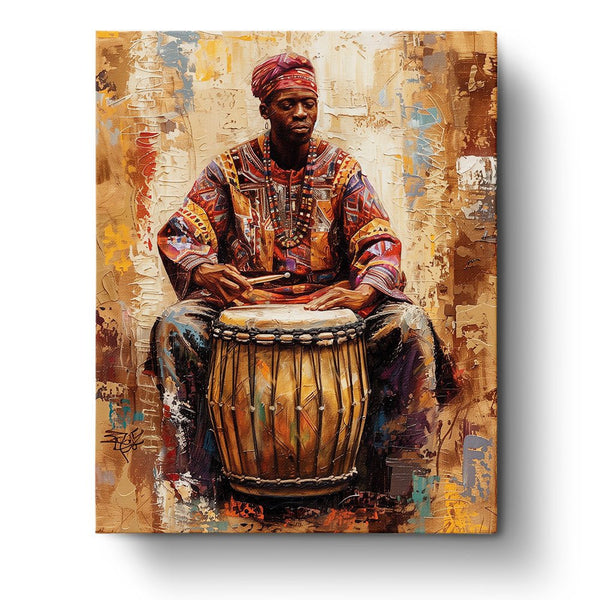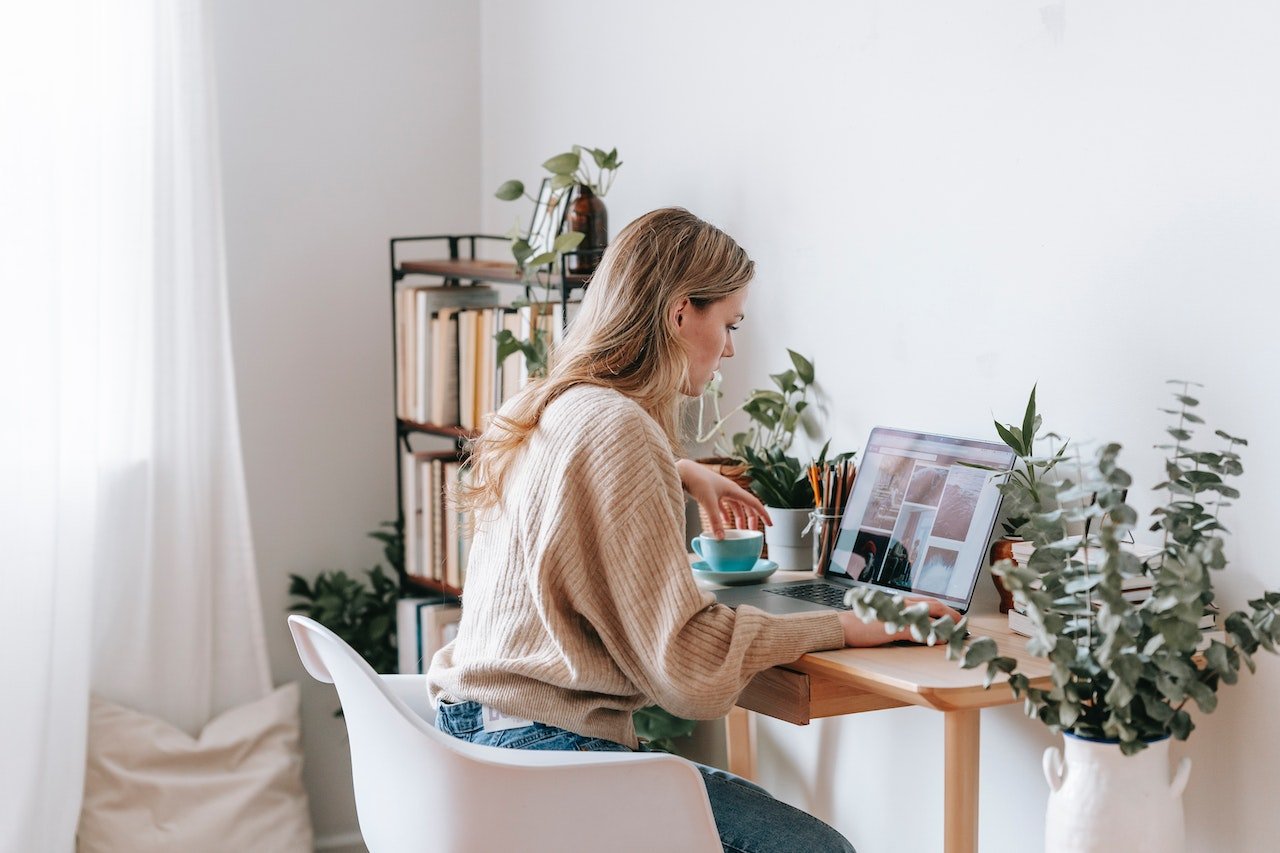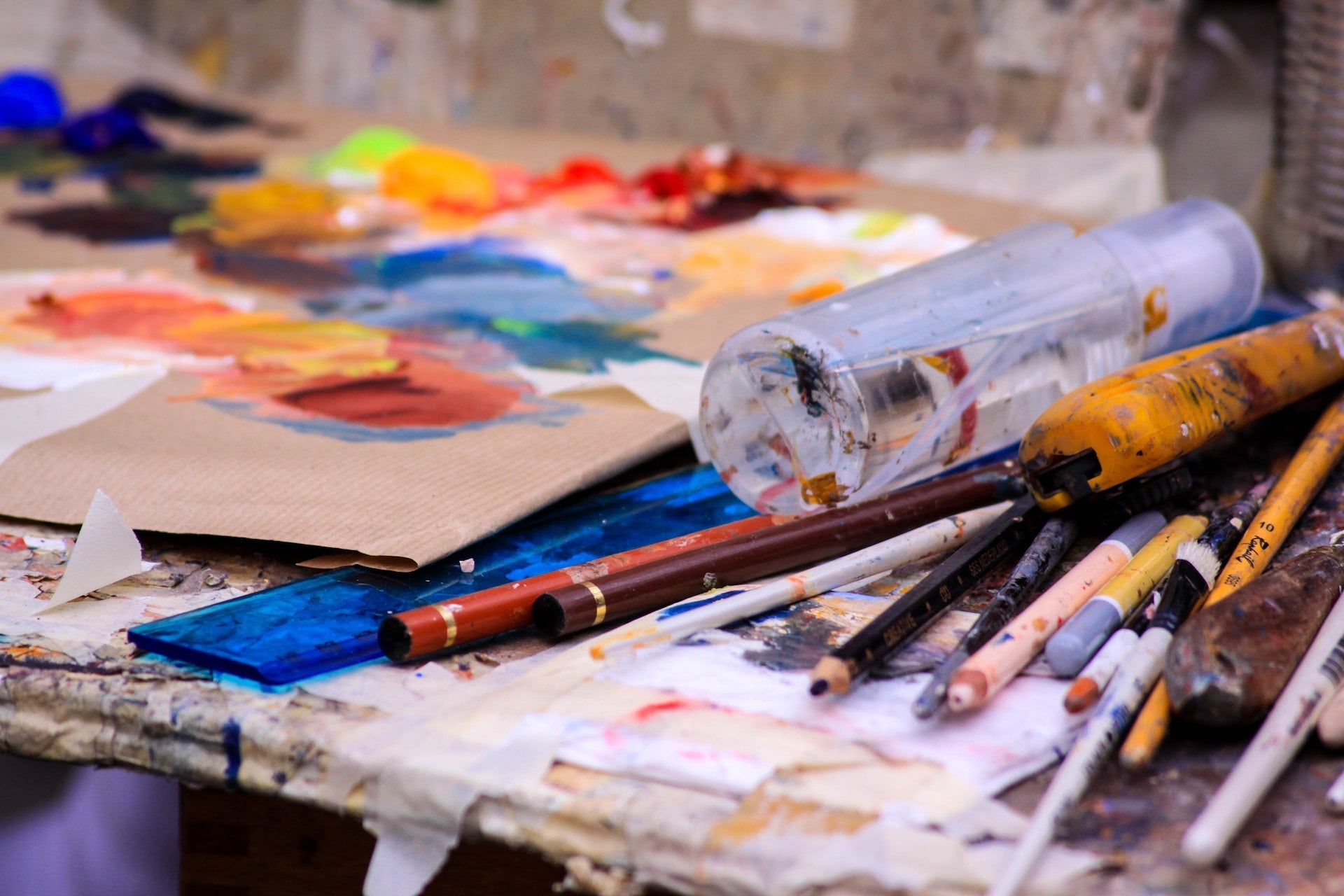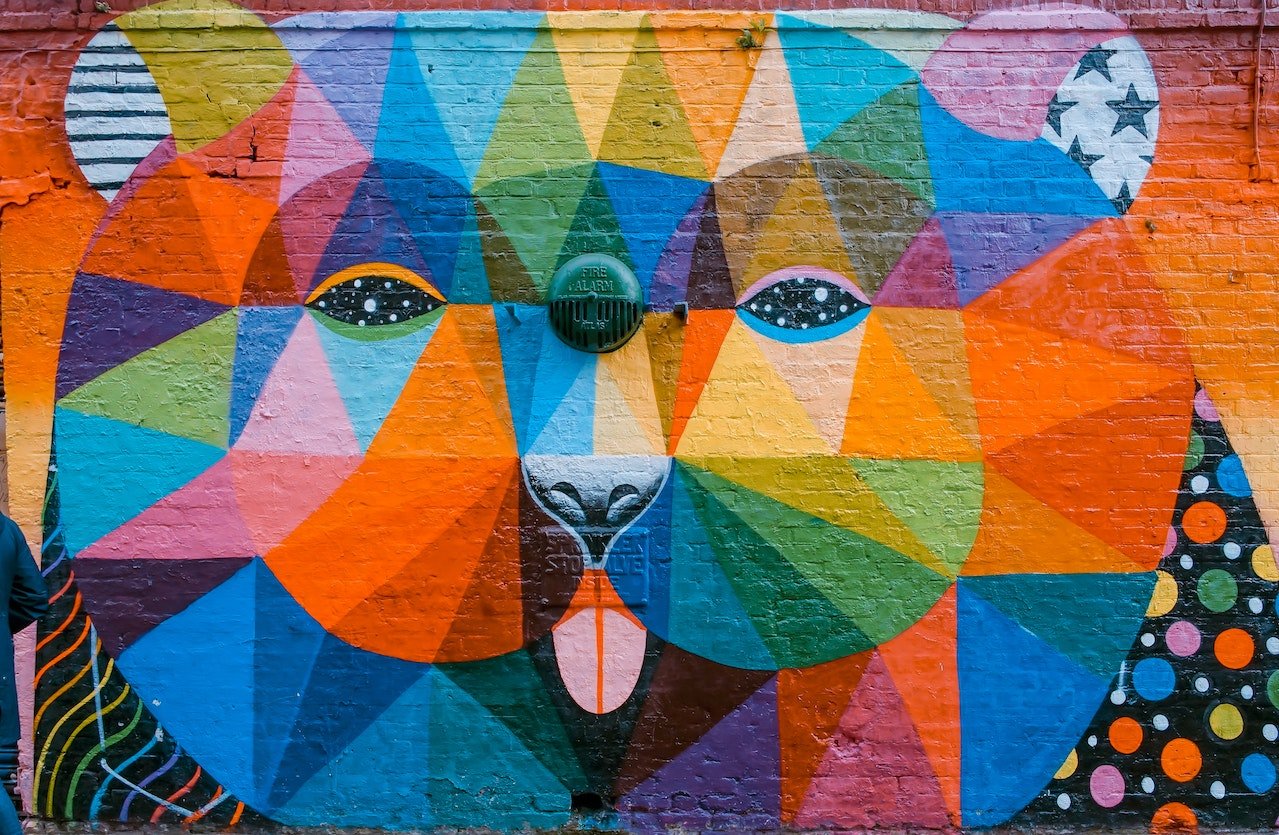
Art Basics 101: Can Art Be Copyrighted?
Art is a beautiful thing and the people who make it are even more beautiful. But what happens if someone steals your work? In this article, we'll explore the concept of copyrighting your artwork to protect yourself against theft and also explain how you can register your artwork with the United States Copyright Office (for US citizens only) if you want to take advantage of any specific protections available through that process. Keep on reading if you want to learn more!

What Is a Copyright?
A copyright is a set of exclusive rights given to the creator of an original work. It's not a form of intellectual property, but it does create some valuable protections for those who create art.
Copyright protects your work from unauthorized copying and use by third parties. This means that you can stop someone from copying your painting, drawing, or musical composition without asking permission first—but only if they are using it in ways that come under copyright law!
There are two types of copyrights: automatic and registered.
- Automatic copyright protects any original work automatically, without registration or other formalities.
- Registered copyright allows for greater protection against infringement claims because it requires proof of ownership from someone else.

Copyright Laws All Over the World
Copyright laws vary from country to country. The United States, for example, has the most comprehensive copyright laws of any nation in the world. And while it's good practice to familiarize yourself with your own country's copyright laws before you begin creating art or music—or even writing a book!—it's also important to keep an eye on other countries' regulations as well: for example, many European countries have adopted similar rules about who owns what rights when it comes to creative works like paintings and sculptures (and even photographs).

What Does It Mean to Copyright Something?
A copyright is a form of protection that gives the owner exclusive rights to use, reproduce and distribute their work. It’s one way to stop others from copying your creations.
A patent allows you to protect an invention while it’s still being developed by giving you the ability to prevent others from using or making copies of your product (or process). Patents last 20 years after they were granted; but if you take out a patent on something new during this period then it will expire within five years of publication date.
Copyright law protects works created after 1923 under U.S. laws only; however, there are some exceptions where works created before this date may still be copyrighted under international agreements made between countries with similar laws such as Canada's Copyright Act which only applies up until 1978 so there could be several ways around this problem depending on what country they live in!

Can Art Be Copyrighted?
The answer is yes, artwork can be copyrighted. This is one of the most common ways that artists protect their work. Artwork can be copyrighted as a piece of art, as a series of artworks, or in a collection—all depending on how it's made and what rights you want to reserve (more on this later).
If you're an artist working in America who wants to label your works with copyright information so they don't fall into the public domain after 50 years from the creation date then there are three different ways to do this:
- You can register them individually with the US Copyright Office through their website This costs $35 plus postage fees but does give you legal protection for up to 75 years after the publication date and up to 70 years from the creation date if no publication occurred during those periods; however because there is no limit on registrations per year, those registered only once per year thereafter may obtain other rights such as licensing agreements, etc.
Famous Copyright Fiascos in the Art World
Few copyright concerns are as controversial or as problematic as fandom works. Whether it's fan fiction for a big science fiction series or concept art for a popular film, these works nearly always end up in a legal conflict.
1. Monkey selfie case:
The case of the monkey selfie is a good example of how copyright law can be abused. In 2015, a photo of a smiling monkey with its head resting on an Instagram user's shoulder was uploaded to the social media platform and sent around the world. This image became popular among art collectors who purchased prints for thousands of dollars each time it was sold online.
However, photographer David Slater did not permit this photograph to be used as an advertisement or merchandise—and he wasn't even credited with its creation! What's more, he has been accused by some (including his lawyer) of having "invented" this famous image when he found out about it in April 2014 through Twitter messages from an acquaintance who had seen it while on vacation in Indonesia; however, there weren't any photos like this one before then (or even after).
2. Harry Potter fan case:
Some situations lead to disagreements between writers and fan fiction/art groups. The Harry Potter case is a good demonstration of a follower breaking a boundary because the "vocabulary" for the series had been a free blog resource for many years, which Rowling permitted, and it wasn't until a book was to be published for purchase that the problem went to the court.
3. Cariou v. Prince case:
Patrick Cariou, a French photographer, sued Richard Prince for works that exploited Cariou's photos of Rastafarians. Among other activities, Prince altered the pictures by putting a purple face on original images ripped from bought publications of Cariou's book, Yes Rasta.
The first court to rule on the case in 2011 decided that this did not constitute a substantial enough alteration of the original creation to differentiate Prince's pieces from Cariou's pictures in the eyes of a "reasonable observer," but an appellate court objected, overturning the judgment in 2013 for the majority of the works.

Do you have questions about copyrighting your artwork? Here are some answers.
What is copyright law in simple terms?
A copyright is a form of intellectual property that protects works of authorship. It gives the creator exclusive rights to use, copy or sell their work for at least 20 years after it’s been created. Copyright includes all forms of expression — including writing, music, and art — but it does not apply:
- If a piece was created by an individual who died more than 70 years ago
- If you own both the original artwork and another person's reproduction made without permission (i.e., copying)
Is there a benefit if I copyright my work/s?
The benefits of copyrighting your work are: You can legally prosecute people who make copies of your artwork without permission. They will face criminal charges for stealing intellectual property rights If you want to sell copies of your work, you'll need copyright because it allows buyers to make reproductions but not sell them. The drawbacks are: It can be difficult to prove that someone infringed on your copyright by making copies of your artwork without permission.
How is copyright enforced?
For copyright to be enforced, there are some legal requirements you must meet. Copyright law requires that your artwork is registered with the U.S. Copyright Office in Washington D.C., which is part of the Library of Congress. This step also ensures that any infringements on your copyright can be prosecuted.

Conclusion
So, are you still wondering whether your art can be copyrighted? The answer is a resounding yes. Copyrighting your artwork is one of the most important things you can do to protect yourself and your work. We hope that this article has provided you with all the necessary information you need regarding this matter.


